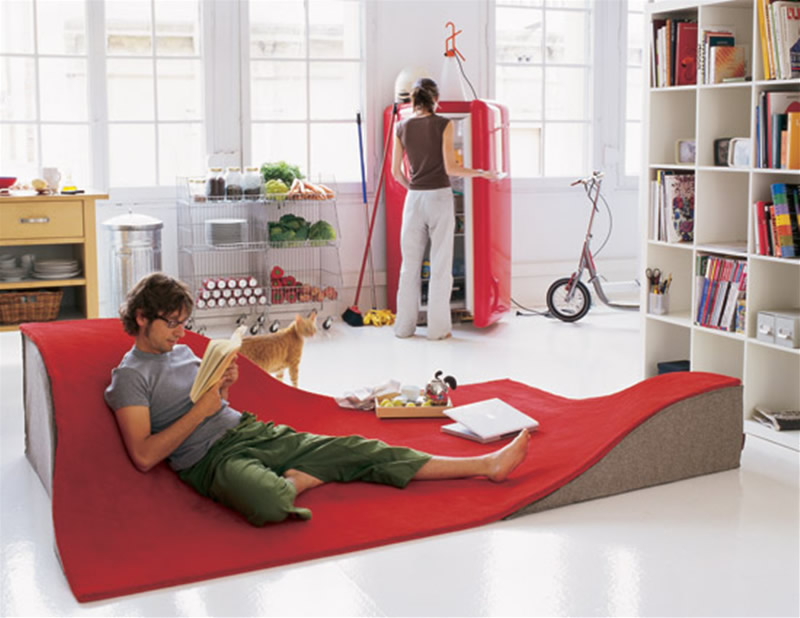While keeping a home clean and in one piece with one or more pets roaming freely has never been exactly easy, when your home is an older model any damage can be much harder and more expensive to repair. And between the claws, the fur, and any number of wet messy accidents, it can be hard to completely eliminate stains or scratches. However, with this guide you can avoid some of the inevitable wear and tear in your older home.
Use Covers and Rugs
Whenever possible, try to protect your investment and any original or hardwood flooring with rugs. While this is especially true for entryways and under furniture to prevent scratches from scooting, consider investing in one or two area rugs to make a statement in the more open or high traffic areas of your home, like a living room or den. Runner style rugs as well can be used in hallways. If your furniture is also of the antique or upholstered variety and you’d rather protect them from the daily dirt of fur and fang, consider investing in custom furniture coverings. These can go a long way in protecting the furniture, are easier to clean, and can be removed for special occasions.
Stay on Top of Cleaning
As a general rule, making sure to do weekly, if not daily, cleaning can help prevent bigger problems further down the line. A microfiber hard floor sweeper or other dry mop is especially good at catching and trapping dust and pet fur, and dirt left on hardwood floors can contribute to scratches. Furthermore, keeping on top of sweeping hard floors and dusting can also make it easier to spot wet accidents before they stain hardwood or upholstery, so making it a point to patrol your pet’s favorite areas can catch these little problems before they cause bigger ones. Set in stains are always harder to remove than fresh ones.
Take Care of the Pets
Frequently brushing your pets can often help minimize the shed hair they can rub off onto furniture, but preventative grooming doesn’t stop there. Making sure to clean off outdoor pet paws before they enter the house is not only good for you, but good for the animal’s health as well, especially in winter when road salts can cause sickness and discomfort to animal feet. Keeping a towel by each door is a good reminder to wipe off animal paws. Additionally, for indoor pets consider capping their claws in order to help prevent scratches on floors and furniture. Capping is usually lauded as a humane alternative to painful declawing in cats, but capping can be used on dog paws as well. Lastly, providing toys and scratching posts as well as using proper supervision can help prevent damage to doorframes or furniture by giving them other outlets for natural animal behavior.
The proper tools and a good cleaning and pet care regimen can go a long way in preventing damage to priceless antique furniture, classical original moldings, and other decorative elements of a historic home. However, know that this guide cannot eliminate all damage done by the daily wear and tear of pets, and please be forgiving of your dog or cat for any accidental damage they may cause.

